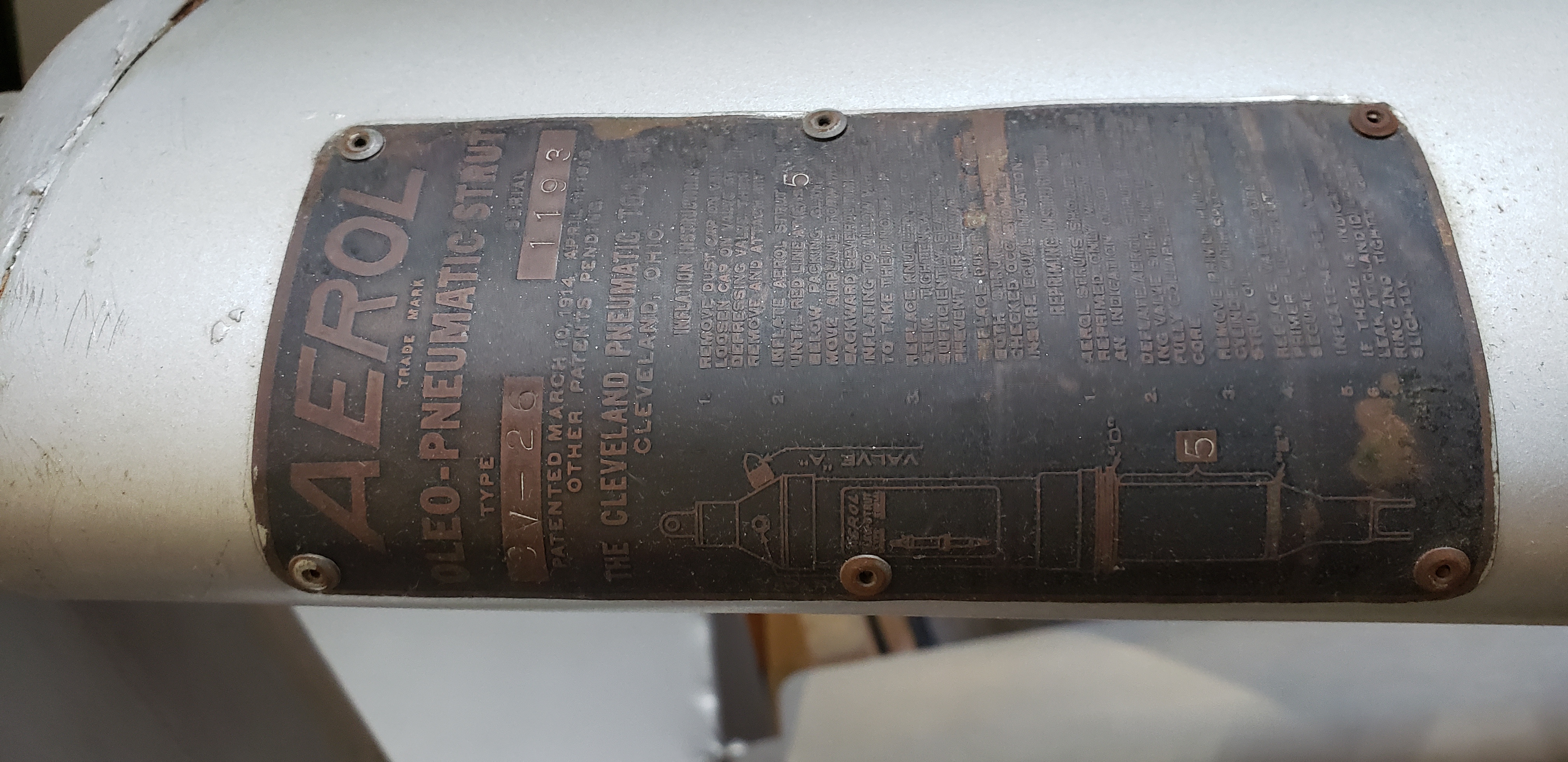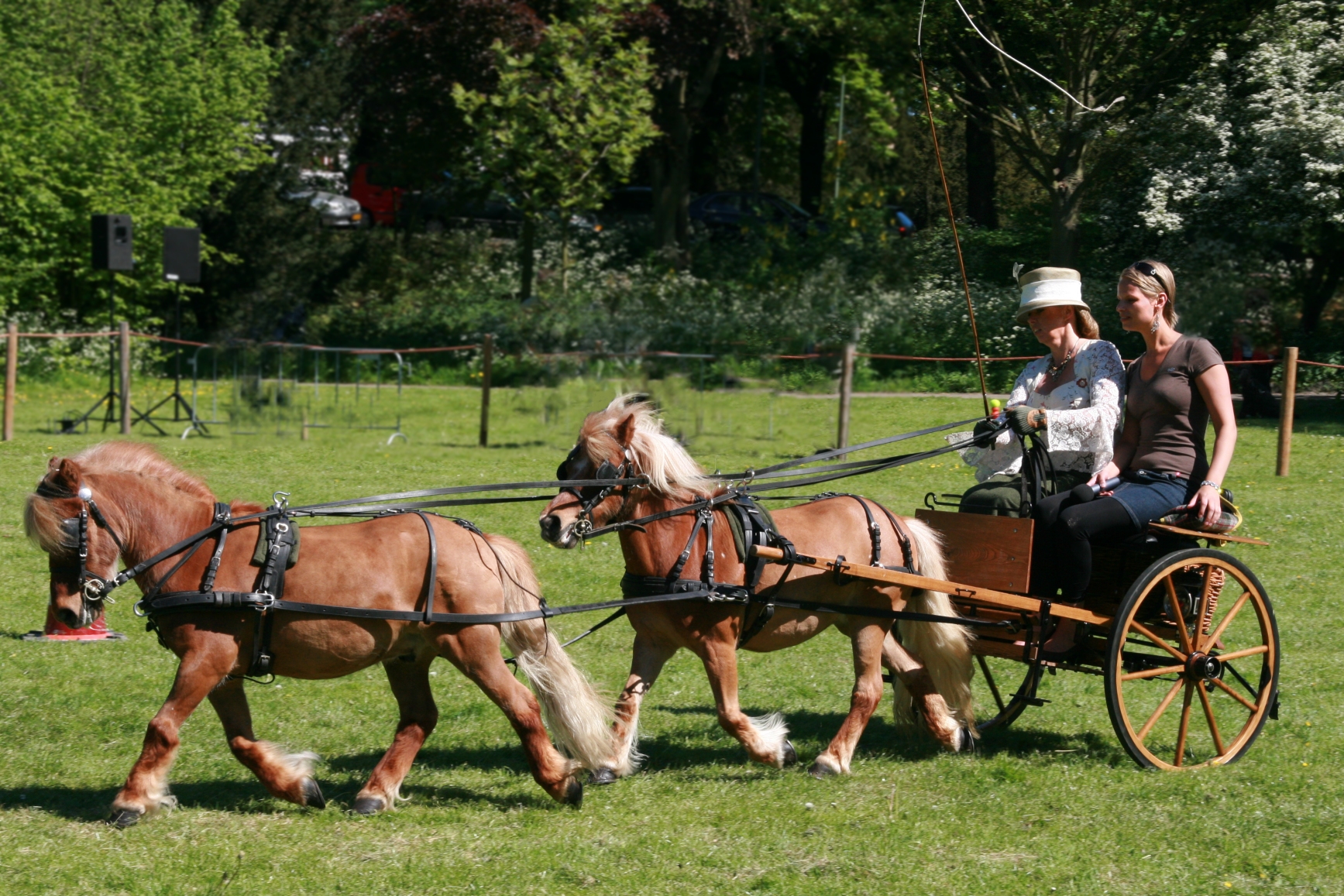|
Peyret-Mauboussin PM XII
The Mauboussin M.112, M-12 or Mauboussin M.XII was originally called the Peyret-Mauboussin PM XII and was renamed when Mauboussin founded his own company in 1931, ending his partnership with Louis Peyret. It was a French, single-engine, two-seat, low cantilever wing touring monoplane. At least six were built. Design and development The low, cantilever wing of the M.112 was built in three parts, a tapered centre-section which was part of the fuselage and trapezoidal outer panels with elliptical tips. Its aspect ratio of 9.5 was high for the time. The outer panels carried mild dihedral and full-span, narrow-chord ailerons. The wings were completely wooden, with twin box spars and alder plywood skin. It was powered by an uncowled Salmson 9Ad nine-cylinder radial engine with its fuel tanks in the wing centre-section. Behind it, beyond a firewall, the wooden fuselage had a rectangular section defined by four longerons, though the upper decking was curved. It was covered in plyw ... [...More Info...] [...Related Items...] OR: [Wikipedia] [Google] [Baidu] |
WikiProject Aircraft
A WikiProject, or Wikiproject, is a Wikimedia movement affinity group for contributors with shared goals. WikiProjects are prevalent within the largest wiki, Wikipedia, and exist to varying degrees within Wikimedia project, sister projects such as Wiktionary, Wikiquote, Wikidata, and Wikisource. They also exist in different languages, and translation of articles is a form of their collaboration. During the COVID-19 pandemic, CBS News noted the role of Wikipedia's WikiProject Medicine in maintaining the accuracy of articles related to the disease. Another WikiProject that has drawn attention is WikiProject Women Scientists, which was profiled by ''Smithsonian Magazine, Smithsonian'' for its efforts to improve coverage of women scientists which the profile noted had "helped increase the number of female scientists on Wikipedia from around 1,600 to over 5,000". On Wikipedia Some Wikipedia WikiProjects are substantial enough to engage in cooperative activities with outside organization ... [...More Info...] [...Related Items...] OR: [Wikipedia] [Google] [Baidu] |
Alder
Alders are trees comprising the genus ''Alnus'' in the birch family Betulaceae. The genus comprises about 35 species of monoecious trees and shrubs, a few reaching a large size, distributed throughout the north temperate zone with a few species extending into Central America, as well as the northern and southern Andes. Description With a few exceptions, alders are deciduous, and the leaves are alternate, simple, and serrated. The flowers are catkins with elongate male catkins on the same plant as shorter female catkins, often before leaves appear; they are mainly wind-pollinated, but also visited by bees to a small extent. These trees differ from the birches (''Betula'', another genus in the family) in that the female catkins are woody and do not disintegrate at maturity, opening to release the seeds in a similar manner to many conifer cones. The largest species are red alder (''A. rubra'') on the west coast of North America, and black alder (''A. glutinosa''), nat ... [...More Info...] [...Related Items...] OR: [Wikipedia] [Google] [Baidu] |
Oleo Strut
An oleo strut is a pneumatic air–oil hydraulic shock absorber used on the landing gear of most large aircraft and many smaller ones. This design cushions the impacts of landing and damps out vertical oscillations. It is undesirable for an airplane to bounce on landing as it could lead to a loss of control, and the landing gear should not add to this tendency. A steel coil spring stores impact energy from landing and then releases it, while an oleo strut instead absorbs this energy, reducing bounce. As the strut compresses, the spring rate increases dramatically because the air is being compressed. The viscosity of the oil dampens the rebound movement. History and applications The original design for the oleo-pneumatic shock-absorbing strut was patented by British manufacturing conglomerate Vickers Armstrong during 1915. It had been derived from the recuperative gear design of the Vickers gun, controlling recoil by forcing oil through precisely sized orifices. Vickers' oleo st ... [...More Info...] [...Related Items...] OR: [Wikipedia] [Google] [Baidu] |
Messier-Bugatti-Dowty
Safran Landing Systems, formerly Messier-Bugatti-Dowty, is a French company involved in the design, development, manufacture and customer support of all types of aircraft landing gear, wheels and brakes and a wholly owned subsidiary of Safran SA. It is the world's largest manufacturer of aircraft landing gear. The company can be traced to the establishment of a 50/50 joint venture in 1995 between France's Messier and the United Kingdom's Dowty Group, then owned by TI Group. Messier-Dowty was purchased outright from TI Group by the SNECMA group in 1998. The 2005 merger of SAGEM and SNECMA made Messier-Dowty part of the new ''Safran'' company. In May 2011, ''Messier-Bugatti-Dowty'' was formed through the merger of three Safran subsidiaries: Messier-Dowty, Messier-Bugatti and Messier Services. In May 2016, Messier-Bugatti-Dowty became ''SAFRAN Landing Systems''. Safran Landing Systems operates a number of sites across the globe, in Asia, Europe, Canada, Mexico and United States; ... [...More Info...] [...Related Items...] OR: [Wikipedia] [Google] [Baidu] |
Landing Gear
Landing gear is the undercarriage of an aircraft or spacecraft that is used for takeoff or landing. For aircraft it is generally needed for both. It was also formerly called ''alighting gear'' by some manufacturers, such as the Glenn L. Martin Company. For aircraft, Stinton makes the terminology distinction ''undercarriage (British) = landing gear (US)''. For aircraft, the landing gear supports the craft when it is not flying, allowing it to take off, land, and taxi without damage. Wheeled landing gear is the most common, with skis or floats needed to operate from snow/ice/water and skids for vertical operation on land. Faster aircraft have retractable undercarriages, which fold away during flight to reduce drag. Some unusual landing gear have been evaluated experimentally. These include: no landing gear (to save weight), made possible by operating from a catapult cradle and flexible landing deck: air cushion (to enable operation over a wide range of ground obstacles and wa ... [...More Info...] [...Related Items...] OR: [Wikipedia] [Google] [Baidu] |
Balanced Rudder
Balanced rudders are used by both ships and aircraft. Both may indicate a portion of the rudder surface ahead of the hinge, placed to lower the control loads needed to turn the rudder. For aircraft the method can also be applied to elevators and ailerons; all three aircraft control surfaces may also be mass balanced, chiefly to avoid aerodynamic flutter. Ships A balanced rudder is a rudder in which the axis of rotation of the rudder is behind its front edge. This means that when the rudder is turned, the pressure of water caused by the ship's movement through the water acts upon the forward part to exert a force which increases the angle of deflection, so counteracting the pressure acting on the after part, which acts to reduce the angle of deflection. A degree of semi-balance is normal to avoid rudder instability i.e. the area in front of the pivot is less than that behind. This allows the rudder to be moved with less effort than is necessary with an unbalanced rudder. The b ... [...More Info...] [...Related Items...] OR: [Wikipedia] [Google] [Baidu] |
Elevator (aeronautics)
Elevators are flight control surfaces, usually at the rear of an aircraft, which control the aircraft's pitch, and therefore the angle of attack and the lift of the wing. The elevators are usually hinged to the tailplane or horizontal stabilizer. They may be the only pitch control surface present, and are sometimes located at the front of the aircraft (early airplanes) or integrated into a rear "all-moving tailplane", also called a slab elevator or stabilator. Elevator control effectiveness The elevator is a usable up and down system that controls the plane, horizontal stabilizer usually creates a ''downward'' force which balances the nose down moment created by the wing lift force, which typically applies at a point (the wing center of lift) situated aft of the airplane's center of gravity. The effects of drag and changing the engine thrust may also result in pitch moments that need to be compensated with the horizontal stabilizer. Both the horizontal stabilizer and t ... [...More Info...] [...Related Items...] OR: [Wikipedia] [Google] [Baidu] |
Rudder
A rudder is a primary control surface used to steer a ship, boat, submarine, hovercraft, aircraft, or other vehicle that moves through a fluid medium (generally air or water). On an aircraft the rudder is used primarily to counter adverse yaw and p-factor and is not the primary control used to turn the airplane. A rudder operates by redirecting the fluid past the hull or fuselage, thus imparting a turning or yawing motion to the craft. In basic form, a rudder is a flat plane or sheet of material attached with hinges to the craft's stern, tail, or after end. Often rudders are shaped so as to minimize hydrodynamic or aerodynamic drag. On simple watercraft, a tiller—essentially, a stick or pole acting as a lever arm—may be attached to the top of the rudder to allow it to be turned by a helmsman. In larger vessels, cables, pushrods, or hydraulics may be used to link rudders to steering wheels. In typical aircraft, the rudder is operated by pedals via mechanical linkages or hydr ... [...More Info...] [...Related Items...] OR: [Wikipedia] [Google] [Baidu] |
Tandem
Tandem, or in tandem, is an arrangement in which a team of machines, animals or people are lined up one behind another, all facing in the same direction. The original use of the term in English was in ''tandem harness'', which is used for two or more draft horses, or other draft animals, harnessed in a single line one behind another, as opposed to a pair, harnessed side by side, or a team of several pairs. The tandem harness allows additional animals to provide pulling power for a vehicle designed for a single animal. The English word ''tandem'' derives from the Latin adverb , meaning ''at length'' or ''finally''. It is a word play, using the Latin phrase (referring to time, not position) for English "at length, lengthwise". Tandem bicycles are named for their tandem seating, a more common arrangement than side-by-side " sociable" seating. ''Tandem'' can also be used more generally to refer to any group of persons or objects working together, not necessarily in line. Au ... [...More Info...] [...Related Items...] OR: [Wikipedia] [Google] [Baidu] |
Longeron
In engineering, a longeron and stringer is the load-bearing component of a framework. The term is commonly used in connection with aircraft fuselages and automobile chassis. Longerons are used in conjunction with stringers to form structural frameworks. Aircraft In aircraft fuselage, stringers are attached to formers (also called frames) and run in the longitudinal direction of the aircraft. They are primarily responsible for transferring the aerodynamic loads acting on the skin onto the frames and formers. In the wings or horizontal stabilizer, longerons run spanwise (from wing root to wing tip) and attach between the ribs. The primary function here also is to transfer the bending loads acting on the wings onto the ribs and spar. Sometimes the terms "longeron" and "stringer" are used interchangeably. Historically, though, there is a subtle difference between the two terms. If the longitudinal members in a fuselage are few in number (usually 4 to 8) and run all along the ... [...More Info...] [...Related Items...] OR: [Wikipedia] [Google] [Baidu] |
Firewall (engine)
In automotive engineering, the firewall (American English) or bulkhead (British English) is the part of the automobile body (unibody or body-on-frame) that separates the engine compartment from the passenger compartment (driver and passengers). It is most commonly a separate component of the body or, in monocoque construction, a separate steel pressing, but may be continuous with the floorpan, or its edges may form part of the door pillars. The name originates from steam-powered vehicles, where the firewall separated the driver from the fire heating the boiler. In aviation, a firewall on an aircraft isolates the engine(s) from other parts of the airframe. In single-engine aircraft, it is the part of the fuselage that separates the engine compartment from the cockpit. In most multi-engine propeller aircraft, the firewall typically divides the nacelle A nacelle ( ) is a "streamlined body, sized according to what it contains", such as an engine, fuel, or equipment on an aircr ... [...More Info...] [...Related Items...] OR: [Wikipedia] [Google] [Baidu] |
Radial Engine
The radial engine is a reciprocating type internal combustion engine configuration in which the cylinders "radiate" outward from a central crankcase like the spokes of a wheel. It resembles a stylized star when viewed from the front, and is called a "star engine" in some other languages. The radial configuration was commonly used for aircraft engines before gas turbine engines became predominant. Engine operation Since the axes of the cylinders are coplanar, the connecting rods cannot all be directly attached to the crankshaft unless mechanically complex forked connecting rods are used, none of which have been successful. Instead, the pistons are connected to the crankshaft with a master-and-articulating-rod assembly. One piston, the uppermost one in the animation, has a master rod with a direct attachment to the crankshaft. The remaining pistons pin their connecting rods' attachments to rings around the edge of the master rod. Extra "rows" of radial cylinders can be ... [...More Info...] [...Related Items...] OR: [Wikipedia] [Google] [Baidu] |







